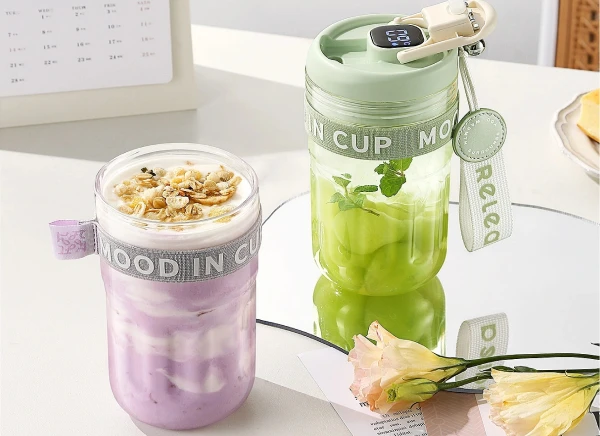 TEL: +86 311 67799298
TEL: +86 311 67799298 Email: tina@yintoglassware.com
Email: tina@yintoglassware.com
Clear Glass Measuring Jar for Accurate Kitchen Measurements and Easy Pouring
A Comprehensive Guide to Glass Measuring Jars
In the world of cooking and baking, precision is key. Every ingredient, whether a sprinkle of salt or a cup of flour, plays a crucial role in achieving the perfect dish. This is where glass measuring jars come into play, serving as essential kitchen tools for both amateur cooks and professional chefs alike.
What is a Glass Measuring Jar?
A glass measuring jar is a transparent container marked with measurement increments, allowing you to accurately measure liquid and dry ingredients. Unlike plastic measuring cups, glass jars offer several advantages that make them a preferred choice in many kitchens.
Benefits of Using Glass Measuring Jars
1. Durability Glass is sturdier than plastic when it comes to temperature extremes. It does not warp or melt, making it ideal for measuring hot liquids. This durability ensures that glass measuring jars can withstand years of rigorous kitchen use.
2. Non-reactive Surface Glass is non-porous and does not react with food ingredients. Unlike certain plastics that can leach chemicals or retain odors and stains, glass ensures that the taste and quality of your food remain untainted.
3. Easy to Clean Glass measuring jars are dishwasher safe, simplifying the cleaning process. They are also less prone to staining compared to their plastic counterparts. A simple soak and rinse are often enough to keep them pristine.
4. Visibility The transparency of glass allows cooks to see the ingredients clearly, making it easier to monitor the amount poured. Many glass measuring jars come with measurement markings, often in both metric and imperial units, ensuring clarity and precision.
Types of Glass Measuring Jars
glass measuring jar

1. Straight-sided Measuring Jars These jars are ideal for both wet and dry measuring. They typically have a spout for easy pouring and may come in various sizes, from ounces to liters.
2. Graduated Cylinder Jars These are often used in scientific and culinary settings for very precise measurements. The narrow, tall shape allows for accurate reading of smaller volumes.
3. Mixing Jars Some glass measuring jars double as mixing bowls, featuring a wider base and spout for convenient pouring. They can also be used for preparing sauces and marinades.
Tips for Using Glass Measuring Jars
1. Check for Calibration Ensure that the markings on the jar are accurate. Subtle discrepancies can affect your recipes, especially in baking.
2. Pour Slowly When measuring liquids, pour them slowly to avoid overfilling. Glass jars are usually designed with a spout that helps control the flow.
3. Store Safely Although glass measuring jars are durable, they can still break. Store them in a safe place, preferably with other non-breakable items to avoid accidents.
Conclusion
In conclusion, glass measuring jars are fundamental tools in any kitchen. They combine durability, ease of use, and precision to enhance the cooking and baking experience. Whether you are whipping up a batch of cookies or measuring out ingredients for a gourmet meal, investing in a quality glass measuring jar will undoubtedly elevate your culinary prowess. Embrace the benefits of this versatile kitchen essential and watch your cooking journey become more precise and enjoyable.
-
Unparalleled Convenience by High Borosilicate Glass Bottle with a Cork LidNewsJul.17,2025
-
The Versatility and Convenience of Glass Salad Bowl SetsNewsJul.17,2025
-
The Practical Wide Application of High Borosilicate Glass Food Storage ContainerNewsJul.17,2025
-
High Borosilicate Colored Glass Bowl VS Soda-Lime Glass and Tempered GlassNewsJul.17,2025
-
Creativity with Customized Colored Glass Dinnerware Sets for SaleNewsJul.17,2025
-
Advantages Analysis of Double Wall French PressNewsJul.17,2025









